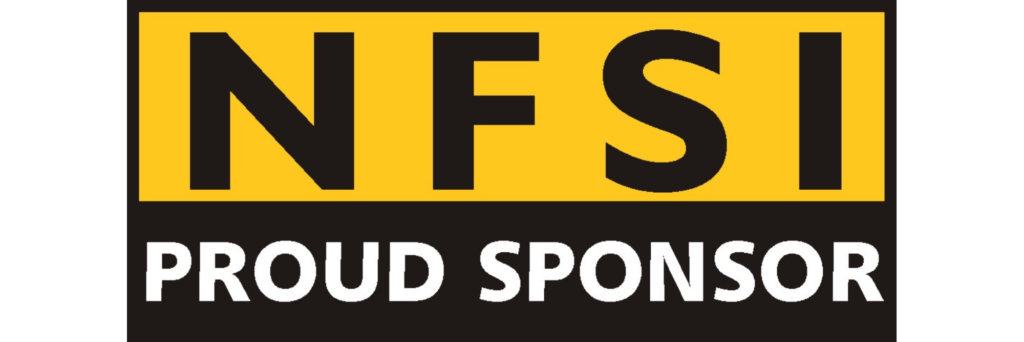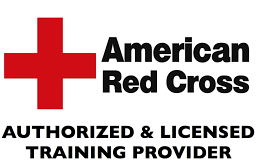Radiation Exposure Workplace Safety Compliance

The public health department has been ramping up its inspections for radiation safety which affects a large portion of our clients, so we wanted to provide some important information regarding this type of hazard.
We wanted to provide some important information regarding this type of hazard and what to expect during a radiation equipment inspection.
Employee Exposure to Ionizing Radiation

Ionizing radiation is a form of energy that changes the atoms and molecules in items that are made up of air, water, and living tissue.
It can be manmade through equipment, or exist naturally in energy-producing materials such as uranium.
Generally everyone is exposed to natural background radiation, however some workplaces further expose employees to high levels of manmade or naturally occurring ionizing radiation, which can be hazardous to employees’ health.
According to the CDC, frequent exposure to ionizing radiation may cause a change in the cells of the body leading to illnesses such as cancer, and intense exposure all at once may cause skin or tissue damage.
Because of these risks, there are important safety compliance requirements for employers whose business practice might expose their employees to excessive amounts of radiation.
Workplaces with Radiation Exposure
Some of the most common workplace environments where employees are potentially exposed to high amounts of radiation include:
- Dental and Medical Facilities
- Hospitals and Outpatient Treatment Centers
- Industrial Operations
- Research Laboratories
- Veterinary Facilities
- Manufacturing and Construction Settings
- Nuclear Power Plants
In any operation where employees are exposed to radiation-producing equipment or materials, employers are required to have in place a Radiation Protection Program.

What to Expect During an Inspection?
In a recent letter from the local Health Department regarding a required inspection of radiology equipment, our client was advised regarding what to expect:
- Document Review
- A review of the written Radiation Protection Program
- Evidence that the current version of the code of regulations (Federal and State) is being made accessible to all employees
- Physical Review
- Equipment service records
- Current machine registration
- Professional licenses (where required)
- Evidence of radiation safety training
- Verification of physical postings, such as “Caution X-Ray” signs and any other postings required by State and Federal regulations
- Equipment Testing
- An actual user must be present to operate the x-ray equipment
- Inspector will verify accuracy of readings
- Inspector will ensure proper techniques regarding radiation safety are being used
- Closing Interview
- Inspector will discuss with employer any violations found or items of concern
- Employer will have 30 days to respond to Notice of Violation
Radiation Protection Program
According to OSHA, a complete Radiation Protection Program should minimally include:
- Equipment Registration and Licensing – Federal and state registration or licensing requirements exist to operate equipment or perform certain functions where individuals may be exposed to radiation. These requirements may include inspections from local inspectors who will perform equipment tests.
- Qualified Staff – This includes such people as trained healthcare personnel or a required Radiation Safety Officer (RSO) in a radiology department. This person will have specific knowledge and responsibilities around monitoring the use, storage, or disposal of radioactive material.
- ALARA (As Low As Reasonably Achievable) – ALARA is a guiding principle for avoiding exposure to radiation that does not have a direct benefit to the employee, even if the dose is small. This is done through three basic protective measures in radiation safety: time, distance, and shielding.
- A Dosimetry Program – A radiation dosimeter is a device used to measure the amount of external radiation dose received by an individual employee. The devices are often assigned to employees to wear for a specific perdiod of time and are then sent monthly or quarterly for processing.
Electronic Personal Dosimeters (EPDs) may alternatively be used as they provide a continuous readout of the employee’s radiation dose and can sound an alarm at select thresholds.
In either case, OSHA’s Ionizing Radiation standard requires employers to conduct dose monitoring when a worker who enters a restricted area receives or is likely to receive a dose in any calendar quarter in excess of 25% of the applicable occupational limit (or 5% for workers under age 18) and for each worker who enters a high radiation area. - Surveys and Area Monitoring – These are required to document radiation levels, instances of contamination with radioactive materials, and potential employee exposures.
- Radiological Controls – These should be written and established controls designed to limit access through entry and exit, receiving, inventory, storage, and disposal.
- Worker Training – Employees who work with radiation mush be trained in radiation protection, including any and all health effects associated with exposure to ionized radiation, as well as radiation protection procedures and controls to minimize radiation doses and prevent contamination.
- Emergency Procedures – These procedures must be written, established, and trained on by employees so that everyone knows how to identify and respond to radiological emergency situations.
- Recordkeeping and Reporting Programs – Employers are responsible for maintaining all records and providing dosimetry reports and notifications whenever requested by federal or state departments.
- Internal Audit Procedures – A complete Radiation Protection Program will include an annual audit to review all aspects of the program and ensure they are complete and up-to-date.
Is Your Business OSHA Compliant?
Find out by completing our OSHA Workplace Compliance Survey below.


